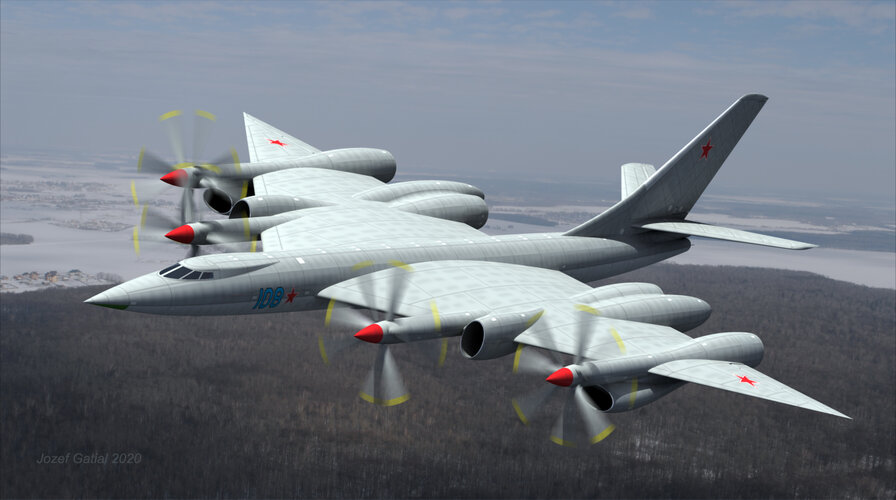charleybarley
ACCESS: Confidential
- Joined
- 6 December 2012
- Messages
- 90
- Reaction score
- 48
DTIC AD0722283: Theory of Jet Engines : Defense Technical Information Center : Free Download, Borrow, and Streaming : Internet Archive
The book examines the design operating process, principles of control and operational characteristics of jet engines of various types used in civil aviation...
archive.org
I'm not sure whether the information in this 1969 Soviet publication goes any way to explaining it, eg Fig. 21.3 shows optimum split between propeller power and jet thrust occurring at M 0.9.

